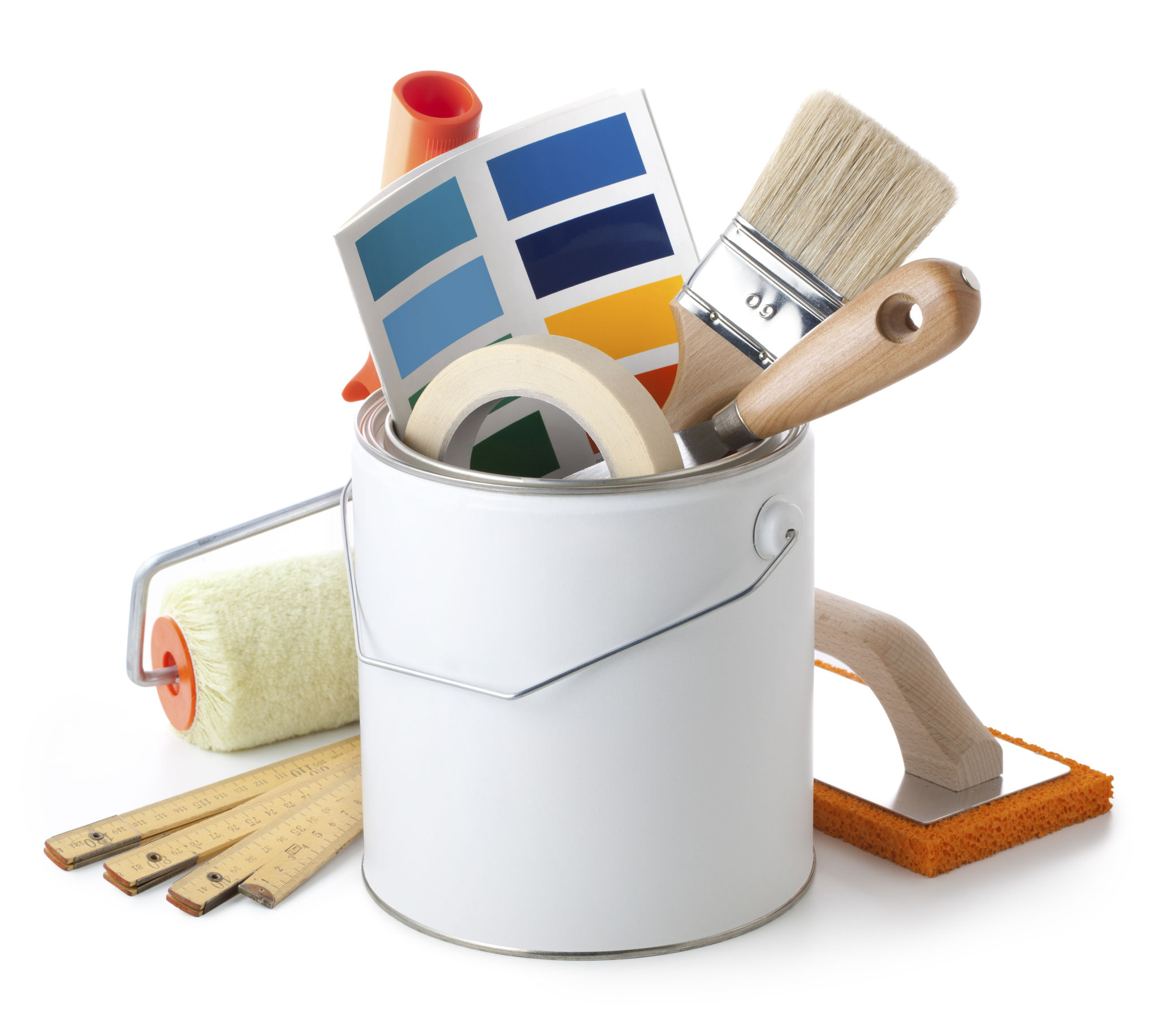Common House Painting Mistakes and How to Avoid Them
Choosing the Wrong Paint
One of the most common mistakes homeowners make is selecting the wrong type of paint for their project. It's essential to choose paint that's appropriate for the surface and the environment. For instance, using interior paint on an exterior wall can lead to premature peeling and fading. Always check the labels and consult with a professional if you're unsure.

Another aspect to consider is the finish. Glossy finishes are great for areas prone to dirt and moisture, like kitchens and bathrooms, while matte finishes are ideal for hiding imperfections on walls. Don't forget to factor in the color's light reflectance value, which affects how the color will look in different lighting conditions.
Skipping Surface Preparation
Rushing into painting without proper surface preparation can significantly impact the final result. This includes cleaning, sanding, and priming the walls. Skipping these steps can lead to uneven paint application, peeling, and a lackluster finish.
Start by cleaning the walls to remove dust and grime. Sand any rough spots to ensure a smooth surface. Priming is crucial, especially if you're painting over dark colors or porous surfaces like new drywall or wood.

Ignoring Weather Conditions
Painting in unfavorable weather conditions can ruin your hard work. High humidity or extreme temperatures can affect how paint dries and adheres to surfaces. For exterior painting, it's best to work on mild, dry days. Avoid painting in direct sunlight or when rain is expected within 24 hours.
For interior projects, ensure adequate ventilation and maintain a consistent room temperature for optimal drying. Be mindful of seasonal changes that might impact your painting schedule.
Using Low-Quality Tools
Investing in high-quality brushes, rollers, and other painting tools can make a significant difference in the outcome of your project. Cheap brushes often shed bristles, and low-grade rollers can leave unsightly streaks on your walls.

When selecting tools, consider the type of paint you'll be using and the surface texture. A good brush or roller can help you achieve a smooth, even coat. Don't forget to clean your tools properly after each use to prolong their lifespan.
Applying Too Much Paint
It's tempting to apply a thick coat of paint to get the job done quickly, but this can lead to drips, uneven texture, and longer drying times. Instead, apply multiple thin coats for a more professional finish.
Allow each coat to dry completely before applying the next one. This patience will pay off with a smoother, more durable result. Follow the manufacturer's instructions on drying times between coats.
Neglecting Safety Precautions
Safety should always be a priority when painting. Many paints contain volatile organic compounds (VOCs) that can be harmful if inhaled in large quantities. Always ensure proper ventilation when working indoors.

Wear protective gear such as masks, gloves, and goggles to protect yourself from harmful fumes and accidental splashes. If you're using a ladder, make sure it's stable and placed on a flat surface to prevent falls.
Avoiding these common house painting mistakes can save you time, money, and frustration. By taking the time to plan and prepare properly, you can achieve a beautiful and lasting finish that enhances your home's appearance.